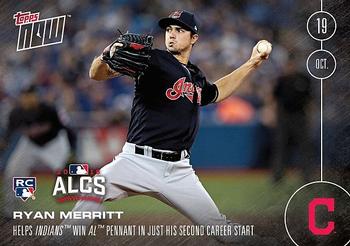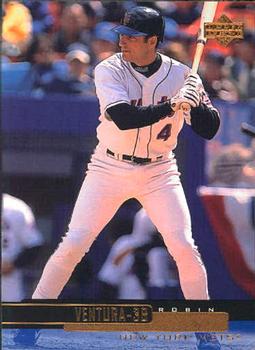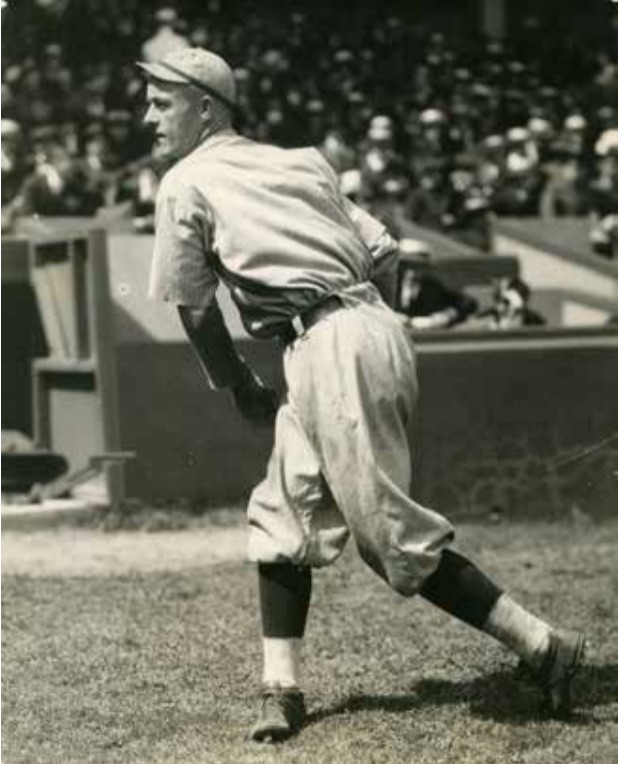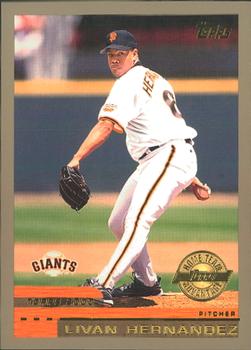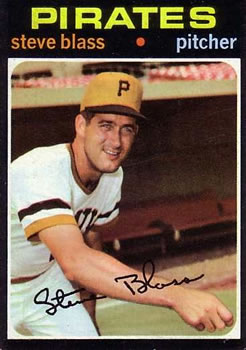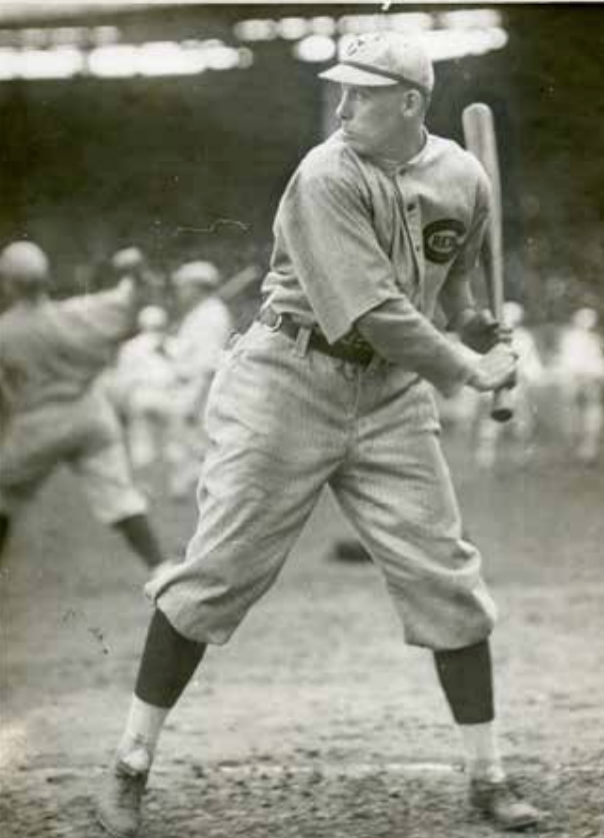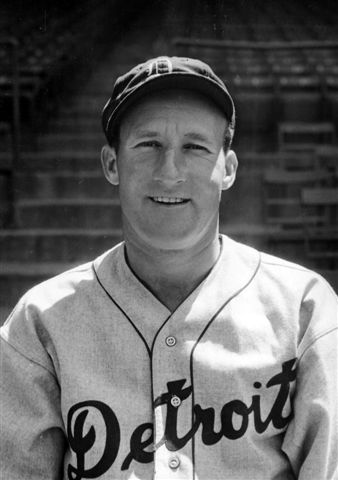October 13, 1970: Dave McNally hits grand slam as Orioles defeat Reds in Game Three
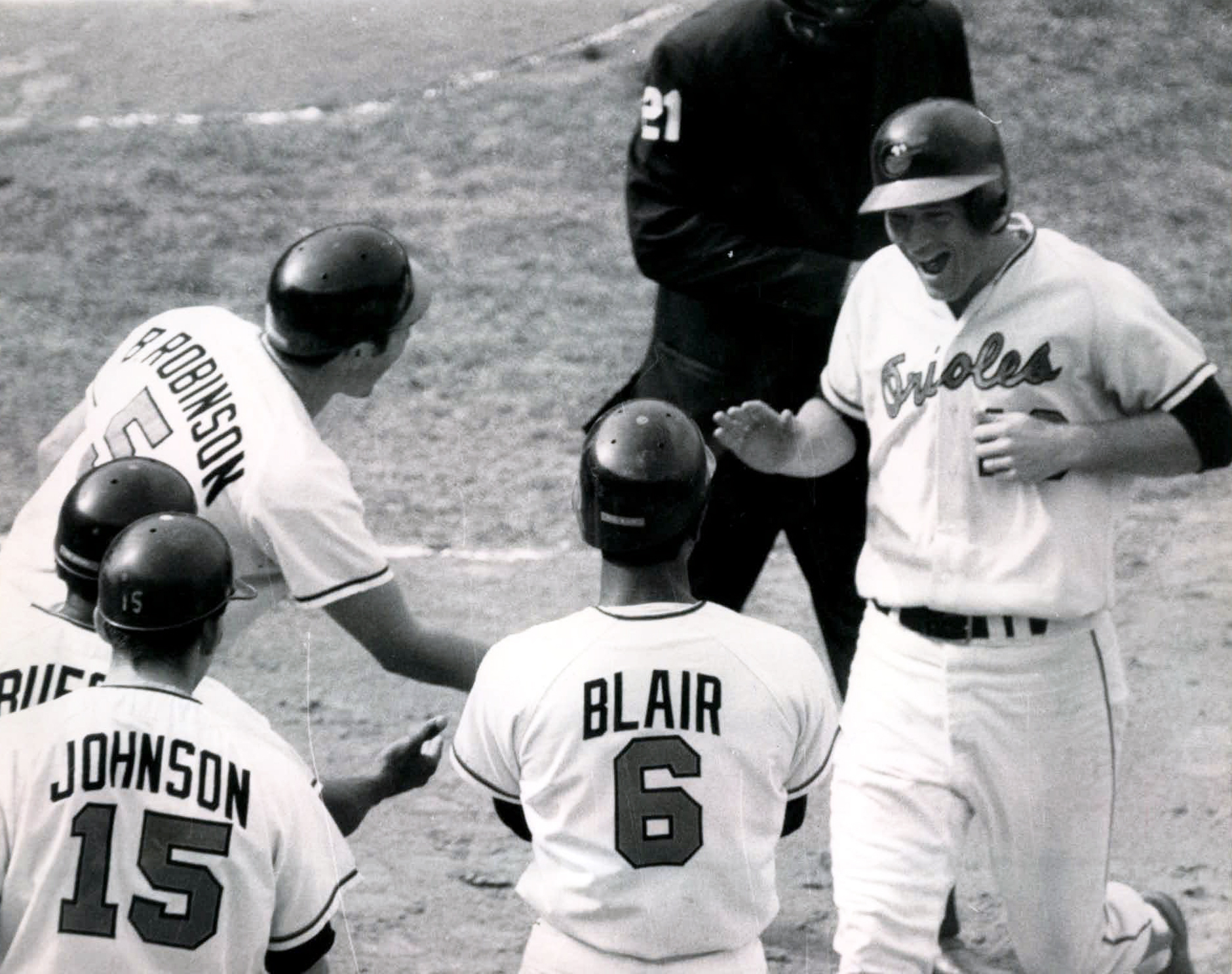
In the first two contests of the 1970 World Series, Baltimore had come away with two one-run victories (4-3 and 6-5). The Orioles defense, particularly the stellar play of Brooks Robinson at third base, had made the headlines. In Game Three, that defense “continued to amaze, Brooks Robinson and Davey Johnson making sensational diving stabs of line drives off the bats of Cincinnati stars Johnny Bench and Pete Rose to stifle the Reds’ efforts.”1 That prompted Reds manager Sparky Anderson to state, “I know the story is getting corny, but he did it again,”2 referring to the Orioles’ third-sacker, whose “superlative glove has wiped out at least four budding Cincinnati rallies.”3 In addition, Baltimore turned up the offense with three doubles (two by Robinson) and three home runs, including the first grand slam hit by a pitcher in the World Series.
The 1970 Baltimore Orioles won 108 games and rolled into the postseason with no intention of slowing down. The Orioles had finished the regular season by winning 11 straight games, their longest winning streak of the year, outscoring their opponents, 63-31. Then they swept three games from the American League West champion Minnesota Twins, plating 27 more runs, before facing the National League victors, the Cincinnati Reds. The Reds had won nine of 12 games to end the season, reaching the 102-win mark. In the playoffs’ first round they had swept the Pittsburgh Pirates, but all three games were low-scoring and close.
A Memorial Stadium crowd of 51,773, “an immense throng which sat in near-perfect weather,”4 watched and cheered as Baltimore hosted Game Three. Southpaw Dave McNally took to the hill for the home team, opposed by Cincinnati’s Tony Cloninger. McNally had tied for the lead in the majors with 24 victories.5 This was his third straight season with at least 20 wins. Cloninger was in his 10th big-league season, but in 1970, he split time as a starter and reliever, posting nine wins and an ERA of 3.83.
According to the Baltimore Sun, “Hall of Famer Lefty Grove hardly had completed his wind-up and tossed out the game’s first ball when McNally was in deep trouble.”6 Pete Rose swung at the first pitch of the game and drove it past shortstop Mark Belanger for a single. Bobby Tolan then dropped a textbook bunt down the third-base line and suddenly the Reds had two runners on. Tony Perez hit into a 5-3 double play (Brooks Robinson stepped on third to force out Rose and his throw to first beat Perez). With Tolan on second, Bench sent a sizzling liner to Robinson, who snared it for the third out.
In the home half of the first, Don Buford walked. Cloninger retired Belanger and Boog Powell, but Frank Robinson singled to right, advancing Buford to third base. Paul Blair drew the second walk of the inning to load the bases. Brooks Robinson doubled into left-center, plating Buford and Frank Robinson.
Cincinnati responded in the top of the second. With one down, Hal McRae singled to center field. He moved to second when Tommy Helms grounded to third. Dave Concepcion singled to right, and McRae scored the Reds’ first run.
To start the third, Rose lined another McNally offering up the middle, but second baseman Johnson “dived to his right for a sensational grab,”7 securing the first out. In the bottom half, Frank Robinson blasted a two-out home run over the fence in center, 430 feet from home plate, making the score 3-1 in favor of Baltimore. Two innings later, after McNally struck out looking, Buford launched a Cloninger pitch 375 feet into the right-field bleachers, extending Baltimore’s advantage.
In the top of the sixth, Bench got all of a McNally pitch and smashed a line drive between short and third. Brooks Robinson “dived to his left for another unbelievable play – stealing a sure hit from Bench.”8 Wrote the Cincinnati Enquirer: “Almost before Bench could drop his bat Robinson had dived head first and one-handed the ball.”9 After the game, Robinson told reporters, “That was an instinct play. The ball was hit so hard that it actually curved toward me. I couldn’t have caught it if it hadn’t.”10
With one away in the bottom of the sixth, Blair lined a single up the middle and into center field. Reds skipper Anderson strolled to the mound, and the crowd roared. It wasn’t an ovation for the visiting manager, who pulled Cloninger and called to the bullpen for right-hander Wayne Granger. No, the standing ovation was for Brooks Robinson, in appreciation of his defensive gem. The Human Vacuum Cleaner responded with his second double of the game, lacing the ball to the wall in left. Blair motored to third and was held up by third-base coach Billy Hunter. Granger intentionally walked the next batter, Johnson, setting up a matchup with Andy Etchebarren. Etchebarren, a .243 hitter during the regular season, had been 1-for 9 in the ALCS and was making his first start in this series. The strategy appeared to work when the Baltimore backstop struck out with the bases loaded, bringing up McNally.
Granger quickly got two strikes on his Baltimore counterpart. Granger tried to get McNally to chase two bad pitches, and the count evened at 2-and-2. Granger threw a fastball about belt-high, over the inside corner of the plate, and McNally sent it into “the bleachers in left, up half a dozen rows and carrying 360 feet.”11 This brought the fans to their feet and the Orioles now had an 8-1 lead. McNally’s head was ringing with the thunderous noise from the crowd. He said, “I was so excited by the time I got to the dugout that I didn’t hear anything that was said. I don’t even remember what I said. All I know is I was screaming.”12 Granger remarked he “knew it was a bad pitch the instant I let it go. ‘But,’ he confessed, ‘I didn’t expect him to hit it that far.’”13 The fastball was supposed to be a low sinker, according to Granger, but he left the ball up in the strike zone. “The one place I threw the ball is the one place you’re not supposed to.”14
On the mound, McNally had settled into a rhythm. After a third-inning walk to Perez, the Orioles’ ace retired 10 Cincy batters in a row. Then, in the top of the seventh, the Reds fought back. Lee May walked and McRae followed with a single to left-center. Helms forced McRae, getting May to third. Concepcion flied out to right field, but it was deep enough to bring May home. Woody Woodward entered the game as a pinch-hitter for Granger, and he singled to left. Rose singled to right for his second safety of the game, driving in Helms, but the rally ended when Tolan popped out to Belanger at short.
Baltimore added a final run in the eighth. With Don Gullett now doing the pitching for the Reds, Powell walked, Frank Robinson singled, and Blair doubled Powell home. The final score was Baltimore 9, Cincinnati 3.
McNally pitched a complete game for Baltimore, allowing three runs on nine hits (all singles). He was the first Baltimore pitcher to go the distance in the Series. His catcher, Etchebarren, remarked that McNally “didn’t have his good stuff in this game, hardly any curve at all. But he got to a point where he was throwing a good slider and a fair fastball in good spots. And he never gave in.”15 Besides, he had great defense behind him. The middle of the Baltimore order also contributed much of the offensive damage. Frank Robinson (3-for-4), Blair (3-for-3), and Brooks Robinson (2-for-4) accounted for four runs scored and four runs batted in.
Cloninger’s name can be associated with grand-slam games. On July 3, 1966, he became the first major-league pitcher to hit two grand slams in a game.16 Although he didn’t give up McNally’s historic blast, Cloninger did serve up long balls to Frank Robinson and Buford, taking the loss by allowing five runs on six hits and three walks.
With this performance, Baltimore was one game away from winning the World Series. The O’s lost Game Four to the Reds, snapping a 17-game win streak, but Baltimore won the World Series championship with another 9-3 victory in Game Five, in front of their hometown fans.
Sources
In addition to the sources mentioned in the Notes, the author consulted baseball-reference.com and retrosheet.org.
https://www.baseball-reference.com/boxes/BAL/BAL197010130.shtml
http://www.retrosheet.org/boxesetc/1970/B10130BAL1970.htm
Notes
1 Jim Elliot, “McNally Hurls and Bats Orioles to 9-3 Romp Over Reds, 3-0 Lead,” Baltimore Sun, October 14, 1970: 25.
2 Ken Nigro, “Granger Knew McNally’s Homer Was Wrong Pitch,” Baltimore Sun, October 14, 1970: 25.
3 Jim Schottelkotte, “Best Team in Baseball? Sparky Still Likes Reds,” Cincinnati Enquirer, October 14, 1970: 25.
4 Elliot.
5 McNally tied teammate Mike Cuellar and Minnesota’s Jim Perry for the American League and major-league lead.
6 Elliot.
7 Ibid.
8 Ibid.
9 Bob Hertzel, “Birds Batter Reds Again,” Cincinnati Enquirer, October 14, 1970: 1.
10 Ibid.
11 Elliot.
12 Hertzel.
13 Nigro.
14 Ibid.
15 Lou Hatter, “McNally Favors His Bat Over Arm,” Baltimore Sun, October 14, 1970: 25.
16 Cloninger became the fifth batter to hit two grand slams in a game, joining the New York Yankees’ Tony Lazzeri (who accomplished the feat on May 24, 1936), the Boston Red Sox’ Jim Tabor (July 4, 1939) and Rudy York (July 27, 1946), and the Orioles’ Jim Gentile (May 9, 1961). There have been eight occurrences of this rare event since, for a total of 13.
Additional Stats
Baltimore Orioles 9
Cincinnati Reds 3
Game 3, WS
Memorial Stadium
Baltimore, MD
Box Score + PBP:
Corrections? Additions?
If you can help us improve this game story, contact us.


